This summer, a new prairie is taking hold at Houlton Conservation Area, and we're excited to report back on its newest residents. >>
Read more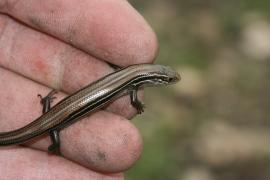
Spring has officially sprung, and with it comes those familiar signs of life: plants begin to green, flowers bloom, migrating birds return, and fires burn through the prairies at FMR restoration sites!
Learn more about how we use fire to restore wildlife habitat, and the impact of a recent unplanned fire on an FMR restoration site. >>
Read more
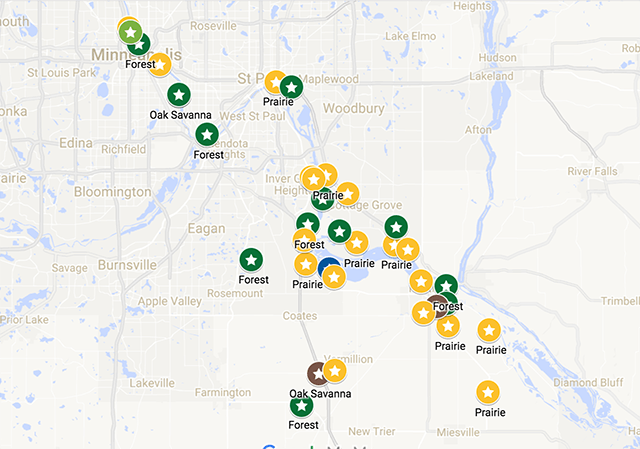
Although our policy and advocacy work tends to make the most headlines, many FMR supporters, members and volunteers highly value the natural areas we protect, restore and enhance throughout the metro area. But even the longest-standing FMR members and volunteers wonder where, exactly, we work.
Wouldn’t it be great if there was a way for folks to see all of FMR’s 37 active restoration sites in one place? Perhaps some kind of…map? >>
Read moreWhat pops to mind when you think of restoring a forest? Perhaps people planting trees? ...How about bobcat-like machines busily eating up small trees and spitting out the splinters?
If you'd visited Hampton Woods this spring, this is exactly the scene you would have come across. The machines were forestry mowers, consuming invasive European buckthorn.
Not only were the mowers benefiting the long-term health of the forest, but they're part of a new FMR research project to compare and contrast the effectiveness of different methods to both control buckthorn and support the growth of native plants and habitat. >>
Read more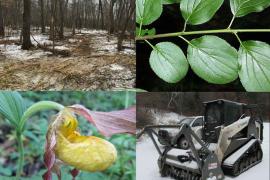
In 11th grade, Flannery Enneking-Norton went on a field trip with her class and FMR staff to Crosby Farm Regional Park in St. Paul. Their task? To identify and count certain plant and insect species, including invasive earthworms. As they wriggled from the ground, Enneking-Norton was smitten.
Since then, the St. Paul Academy high-schooler has been working hard to help FMR better understand the relationship between earthworms and their fellow invasive species, European buckthorn, at our habitat restoration sites.
The result? An interesting finding regarding an especially ecologically harmful invasive worm — the nightcrawler — and a first-place win for Enneking-Norton in the Twin Cities Regional Science Fair! Not to mention awards from the US Department of Agriculture and the Minnesota Horticultural Society. >>
Read more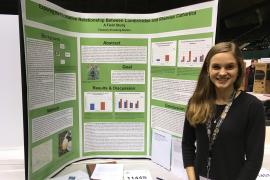
To celebrate our 25th year, each month in 2018 FMR staff will profile places along the metro Mississippi River that are near and dear to us, places that connect to FMR but that we also enjoy in our own downtime. By the end of our silver year, we'll have built a map of 25 special river places for you and yours to learn about, visit and enjoy.
This month: Minneapolis’s riverfront Above the Falls.
The Minneapolis riverfront north of St. Anthony Falls is an interesting juxtaposition of the natural, urban and industrial. Here you can enjoy bike and pedestrian trails, or rent a kayak to see a heron rookery, restored prairie, riverfront raingarden parks and sculptures, as well as industrial relics. You'll also want to visit often over the next decade to experience the changing riverfront, as more industrial sites are converted into public parklands.
Read more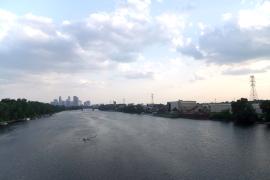
Since the creation of our land conservation program over 20 years ago, FMR has protected, restored or enhanced over a thousand acres of prairie, forest, wetland and other types of wildlife and pollinator habitat in the metro area. But does increasing native habitat result in the return of native animals?
Learn about bird surveys, wildlife cams and our work with local high schools to find out. >>
Read more
Pages
Upcoming Events
Receive FMR's biweekly email newsletter, Mississippi Messages Sign up